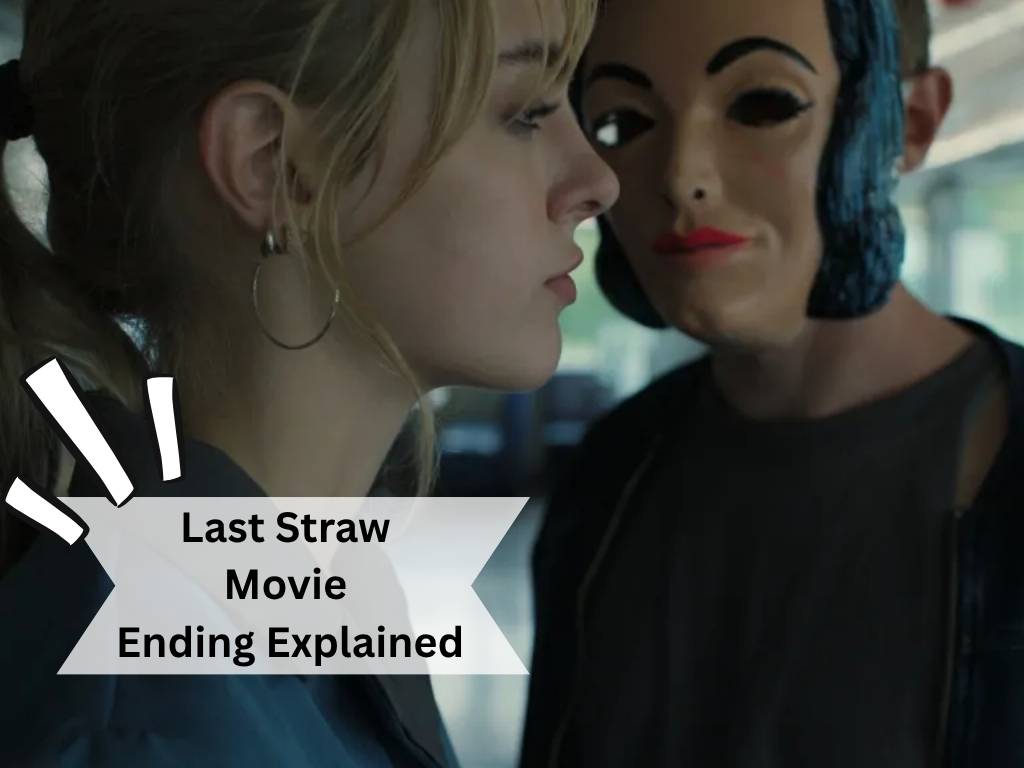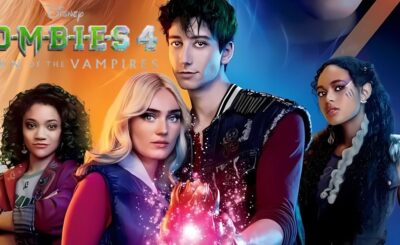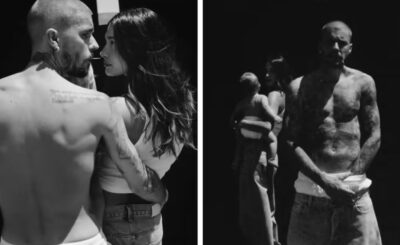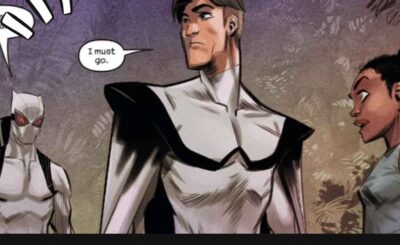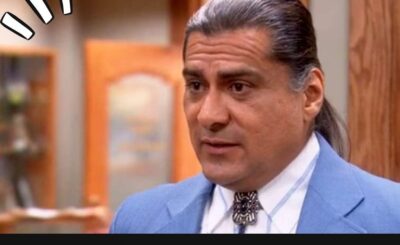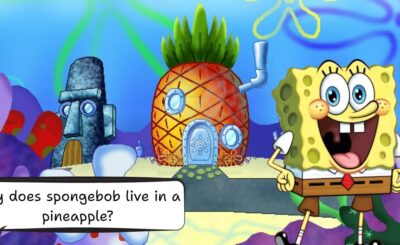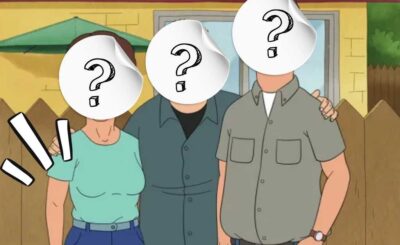If you’re here, chances are you just finished watching Last Straw… and you’re still sitting on your couch with your jaw slightly open, asking:
“Wait, what the hell just happened?” You’re not alone. The psychological tension, the sudden twists, and that final scene have left viewers scrambling for clues. So, let’s break it all down — from character motives to hidden symbolism — and finally answer the question:
What does the ending of Last Straw really mean?
A Quick Recap Without Rewatching the Whole Thing
What happens when you're down to your last straw?
STRAW, starring Taraji P. Henson, is now playing on Netflix. pic.twitter.com/D0nyTDSzBh
— Strong Black Lead (@strongblacklead) June 6, 2025
In case the emotional intensity fogged your memory, here’s a quick refresher:
- The story follows Jody, a late-shift waitress trapped in a tense stand-off with a masked assailant in a desolate roadside diner.
- As the night escalates, the line between victim and aggressor begins to blur.
- Through flashbacks and fractured conversations, we see glimpses of trauma, control, and moral ambiguity — all wrapped in an eerie, atmospheric tone.
Just when you think you’ve figured it out, the movie throws its final, brutal punch.
Last Straw’s Ending, Explained
So… what actually happens? In the final moments, Jody overpowers her tormentor, only for the truth to slowly unravel:
The “attacker” may not have been entirely wrong.
And Jody? She may not have been entirely innocent.
Through clever use of dialogue misdirection and visual metaphors, the movie flips the roles. What you assumed was a simple story of survival becomes a psychological morality test — and Jody’s actions raise the chilling question:
Did she defend herself… or did she take justice too far?
Themes and Symbolism
Let’s talk symbolism — because Last Straw isn’t just about a hostage situation.
1. Trauma and Response
Jody’s reactions are rooted in past abuse. Her choices reflect a lifetime of survival tactics — but also an underlying rage that’s never been addressed.
2. The Mask
The masked figure is more than a villain — he represents every faceless threat she’s encountered, both literal and emotional. When she unmasks him… it’s not closure. It’s confrontation.
3. Justice vs. Revenge
The ending asks a difficult question:
When justice systems fail, do people become their own judge and jury?
Jody’s final act isn’t just self-defense. It’s rage, revenge, and reclamation of power — all in one.
What Makes It So Unsettling?
Many viewers leave the movie feeling unsettled, not because of violence — but because of ambiguity. We’re not told:
Bitch are you fuckn kidding me 😢 #StrawNetflix the ending pic.twitter.com/4eqz5rXAk4
— Royalty (@deeeroyalone) June 7, 2025
- If Jody was justified
- If the attacker was entirely evil
- If the cycle of trauma truly ends
And that’s the point. Last Straw forces the audience to grapple with shades of gray, just like Jody has to in that diner.
Top Picks:-
- Resident Evil 9 Main Character Leaks: Who’s Taking the Torch After Ethan Winters?
- Is Monkey D. Luffy a Terrorist? The Dark Truth Behind the Straw Hat’s Rebellion
What That Final Shot Meant
Remember that last slow-motion shot — Jody walking out into the early morning light? She’s bloodied, battered, and still alive — but her expression isn’t relief. It’s emptiness.
That look says:
- “I survived.”
- “But at what cost?”
- “And is this over… or just the beginning of something darker?”
It’s not a triumphant ending. It’s a haunting rebirth.
The Last Straw Ending Isn’t About Who Won — It’s About What’s Left
So, what does the Last Straw ending really mean? It’s a portrait of trauma, survival, and moral erosion.
Jody survives — but the line between hero and monster? That got left behind in the diner.
Whether you see her as a victim, an avenger, or something in between… that’s the brilliance (and horror) of the film.
FAQs
Q: Was Jody the real villain in the end?
A: Not necessarily — but the movie suggests she’s not purely innocent either. It’s about duality.
Q: Why didn’t we learn more about the attacker?
A: That mystery keeps the story’s themes intact — it’s less about him, more about what he represents.
Q: Is there a sequel planned?
A: As of now, no. But given the ending’s open tone, fans are hoping.
Q: Is the movie based on real events?
A: No, but it draws emotional inspiration from real-world themes like trauma response and survival guilt.

